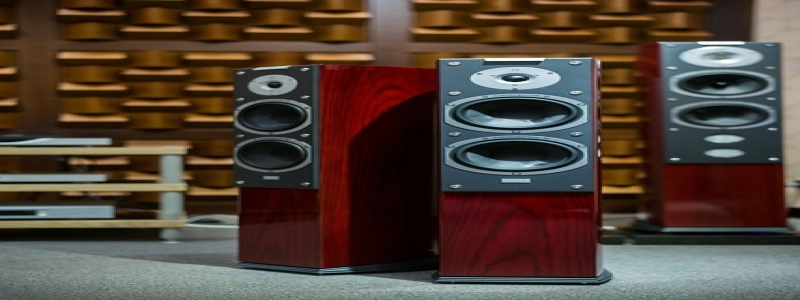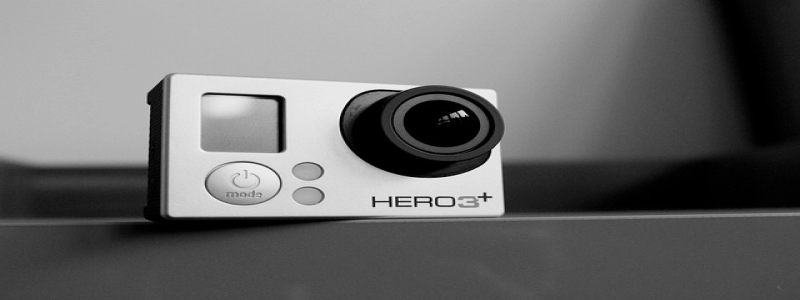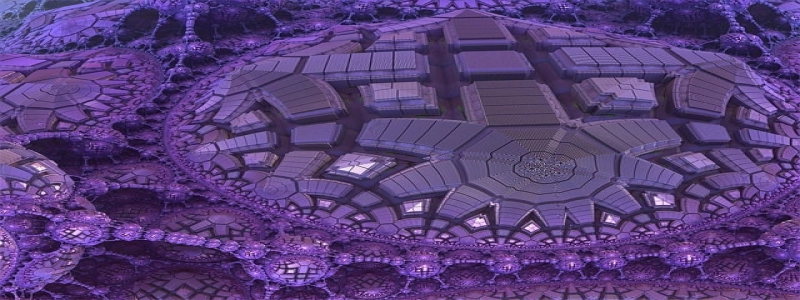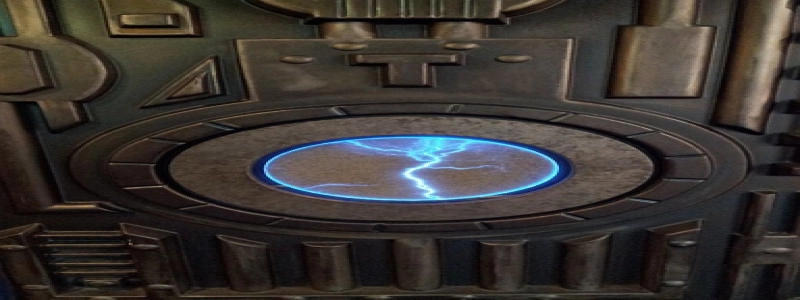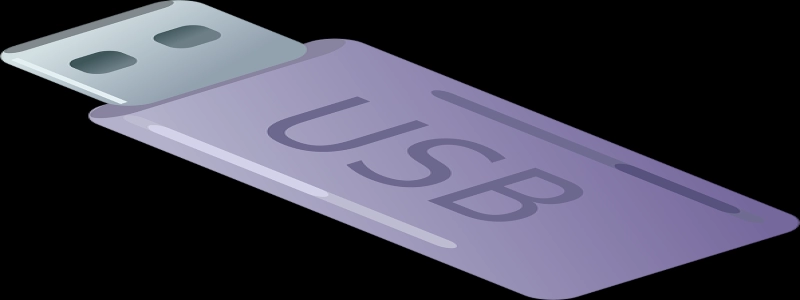Cat 7 vs Cat 6 Ethernet Cable
Introduction:
In the world of networking, Ethernet cables play a crucial role in ensuring reliable and efficient data transmission. With the advancement in technology and increasing demand for high-speed internet, different categories of Ethernet cables have emerged. In this article, we will compare two widely used Ethernet cable categories, Cat 7 and Cat 6, and explore their features and differences.
I. What is Cat 7 Ethernet Cable?
A. Description:
Cat 7 Ethernet cable, also known as Category 7 cable or Cat 7, is the latest high-performance Ethernet standard.
B. Features:
1. Transmission Speed:
Cat 7 cables support data transmission speeds of up to 10 Gbps (Gigabits per second) over a distance of 100 meters.
2. Shielding:
Cat 7 cables are fully shielded with individual shielding for each pair of wires, providing excellent protection against crosstalk and electromagnetic interference (EMI).
3. Connectors:
Cat 7 cables use the GG45 or TERA connectors, which are backward compatible with older RJ45 connectors.
C. Advantages:
1. Future-proofing: Cat 7 cables are designed to meet the increasing bandwidth requirements of future technologies.
2. Enhanced Shielding: The individual shielding in Cat 7 cables ensures minimal signal loss and interference, resulting in a more stable and reliable connection.
3. Improved Performance: The higher transmission speeds of Cat 7 cables make them suitable for high-bandwidth applications such as gaming and video streaming.
II. What is Cat 6 Ethernet Cable?
A. Description:
Cat 6 Ethernet cable, also known as Category 6 cable or Cat 6, is an older but still widely used Ethernet standard.
B. Features:
1. Transmission Speed:
Cat 6 cables support data transmission speeds of up to 1 Gbps over a distance of 100 meters.
2. Shielding:
Cat 6 cables are partially shielded with an overall foil shielding, providing moderate protection against crosstalk and EMI.
3. Connectors:
Cat 6 cables use the RJ45 connectors, which are the standard connectors for Ethernet cables.
C. Advantages:
1. Cost-effective: Cat 6 cables are generally more affordable compared to Cat 7 cables.
2. Sufficient for most applications: For regular internet usage and basic networking needs, Cat 6 cables provide ample speed and performance.
3. Wide availability: Cat 6 cables are readily available and are compatible with most devices that support Ethernet connection.
III. Comparison between Cat 7 and Cat 6 Ethernet Cable:
A. Speed and Performance:
1. Cat 7 offers superior transmission speeds of up to 10 Gbps, while Cat 6 is limited to 1 Gbps.
2. Cat 7 provides a more reliable and stable connection due to its enhanced shielding, while Cat 6 may be more prone to interference in certain environments.
B. Cost:
1. Cat 7 cables are generally more expensive than Cat 6 cables due to their advanced features and capabilities.
2. For average home or office networking needs, Cat 6 cables offer a cost-effective solution without compromising performance.
Conclusion:
When it comes to choosing between Cat 7 and Cat 6 Ethernet cables, it is essential to consider your specific requirements and budget. If you are a heavy internet user or require fast and reliable connections, Cat 7 cables are an excellent choice. However, for regular internet usage and basic networking needs, Cat 6 cables offer sufficient performance at a more affordable price. Ultimately, both Cat 7 and Cat 6 Ethernet cables serve their purpose of enabling seamless data transmission in modern networks.
